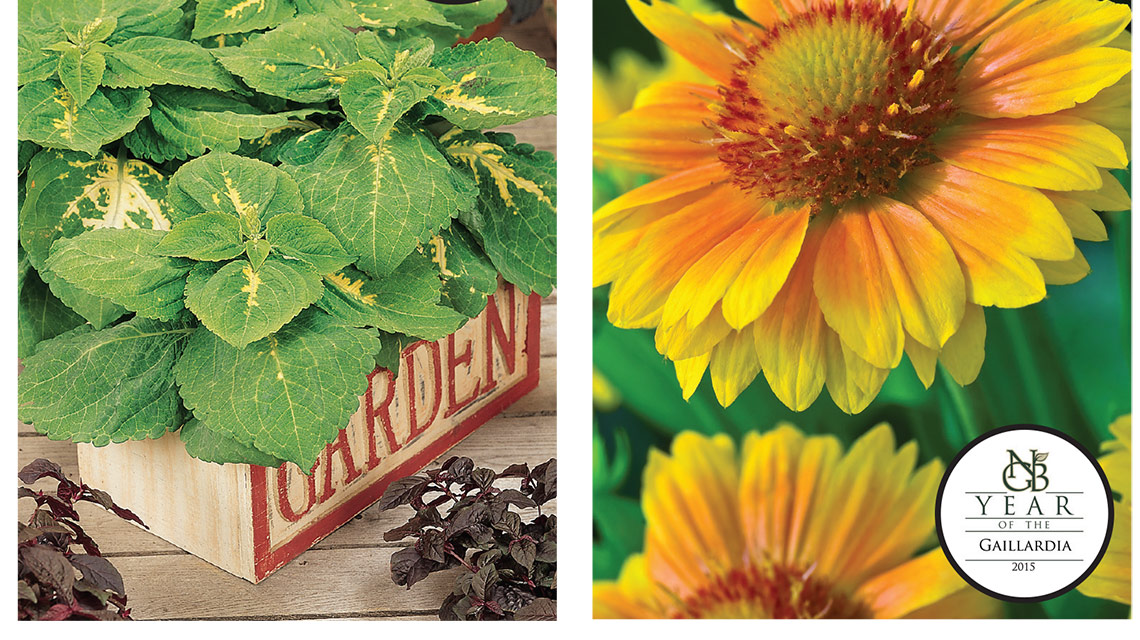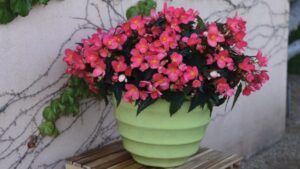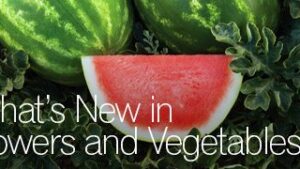The National Garden Bureau and All-America Selections showcase new varieties that meet consumer demand.
The National Garden Bureau has named 2015 as the year of the coleus (annual), gaillardia (perennial) and sweet pepper (edible). Additionally, 2016 will be the year of the begonia, delphinium and carrot, respectively.
The plants featured are selected by the National Garden Bureau’s Board of Directors. “We’re looking for plants that are easy to grow and easy to obtain,” says Diane Blazek, executive director of the National Garden Bureau (NGB) and All-America Selections (AAS). “The board is also looking at plant species where there’s been a great deal of breeding work done resulting in many different forms and colors.”
For example, Blazek says when consumers wanted to purchase a begonia 10 to 15 years ago, there weren’t as many options — a begonia was a begonia. Now, there are more unique types, such as the Dragon Wing series, Santa Cruz Sunset and the Gryphon begonia, she says.
Each year, vegetable and flower seed companies enter select varieties into the All-America Selections trials, which are grown in different locations throughout the United States and Canada.
Through her work with both NGB and AAS, Blazek has noticed a few trends in the gardening sector.
First, “breeders are working on drought tolerance and disease tolerance,” she says. “People want to garden but are environmentally conscious, so they are looking for heat- and drought-tolerant plants.”
Blazek adds that multi-use plants are also taking hold. An example of a multi-use plant is a frilly kale — it’s edible but also makes for an eye-appealing container or garden plant. Blazek explains that multi-use plants can be edibles that are also ornamental or an ornamental that has an environmental impact. “Consumers are looking for plants that are not only pretty, but plants that are also good for pollinators,” she says, noting that this is big in consumers’ minds. “There are three new varieties of salvia that are eye-appealing and pollinator friendly: Summer Jewel White, Summer Jewel Pink and Summer Jewel Red — all All-America Selections Winners.”
Size Matters
Another trend Blazek has noticed is compactness. “The actual plant is smaller,” she says. “This allows the plants to better fit in containers or raised beds. Cucumber Pick A Bushel F1, Bean Mascotte and Tomato Fantastico F1 are few examples of plants that have been bred for compactness.”
In addition to the plants being physically smaller, the fruits of some plants are also being bred smaller. Blazek says to think of it as “personal-sized produce” that is the right size for one or two people to cook up with a meal. An example of this is the Eggplant Patio Baby F1 and Squash Butterscotch F1.
New this year, PanAmerican Seed has the first Calibrachoa that is seed propagated, which means lower input costs for growers, Blazek says. Traditionally, Calibrachoa has only been available through vegetative propagation. “We’re going to see more and more of this,” Blazek says. “Canna from seed is another popular alternative to those formerly only grown from corms.”
With 18 winners awarded in 2014 and even more in 2015, Blazek says that more and more home gardeners and produce growers are seeing the publicity and recognizing AAS Winners as plants tested for their garden, similar to the Good Housekeeping seal of approval.













